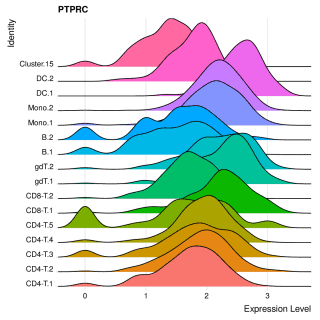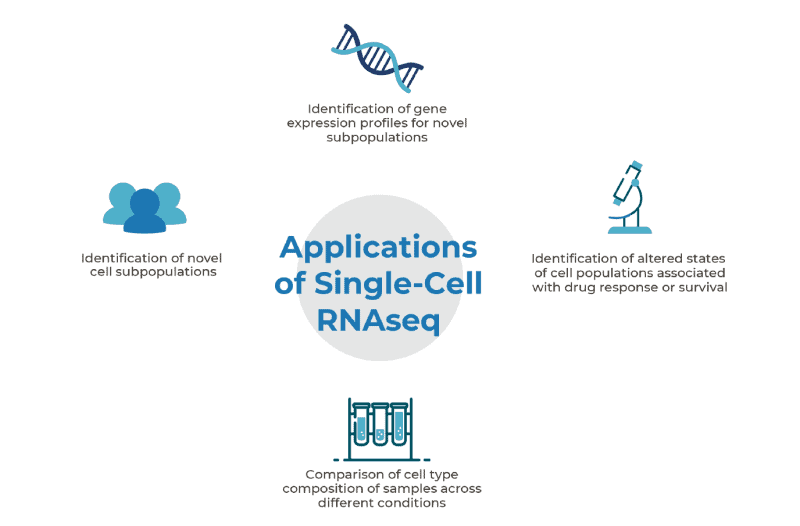Benefits of Single-Cell Sequencing Analysis: Whitepaper
- 20th October 2020
- Posted by: Claudine Gabriele
- Categories: Articles, Single Cell Analysis

Single-cell sequencing is becoming a more common technology used to analyse different aspects of cells. It allows the many constituent aspects within a tissue or sample, such as the transcriptome and epigenome, to each be analysed on an individual level. Subtle fluctuations in expression within a specific cell type can be identified, which would have otherwise remained hidden when studying a large population of mixed cell types.
Applying single-cell approaches can improve our understanding and appreciation that tissues are not a singular entity, but a complex network of distinct single cells that coordinate together to achieve a specific function.

Single-Cell Analysis: Applications and Resolutions for Research
Our new white paper, ‘Single-Cell Analysis: Applications and Resolutions for Research’, introduces single-cell sequencing analysis and highlights the research applications for single-cell sequencing analysis and its importance in research.
Single-cell genomics lends itself well to the study of changes that occur in a bacterial population, or to study the genetic evolution of cancer and immune cell subtypes amongst other applications. Other omics’ datasets can also give snapshots of the inner workings of the cell.
Download a copy here.
Example report
We have recently released a scRNA-Seq example report, highlighting our reporting structure. The report is based on a publicly available single-cell RNA-sequencing dataset obtained from the 10X Genomics download portal.
Leave a Reply
You must be logged in to post a comment.

